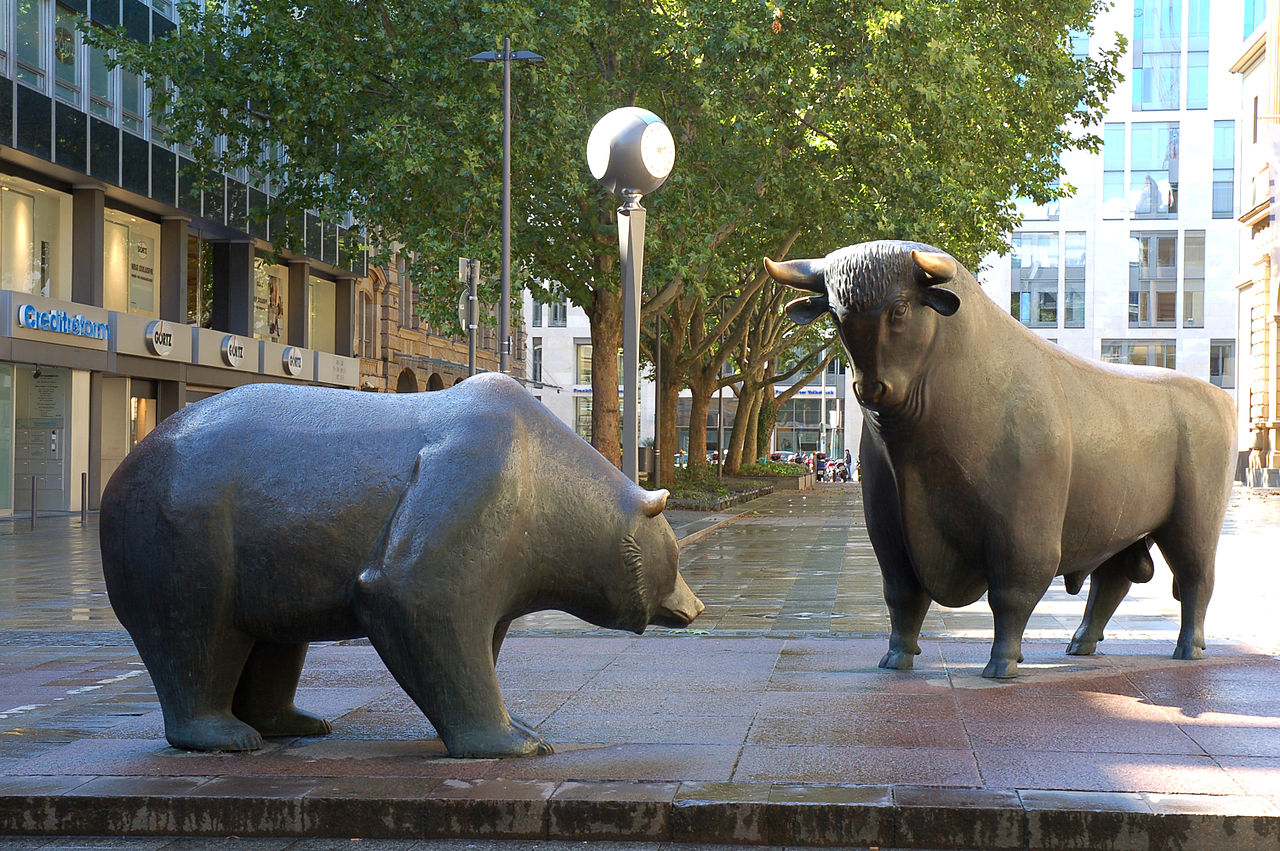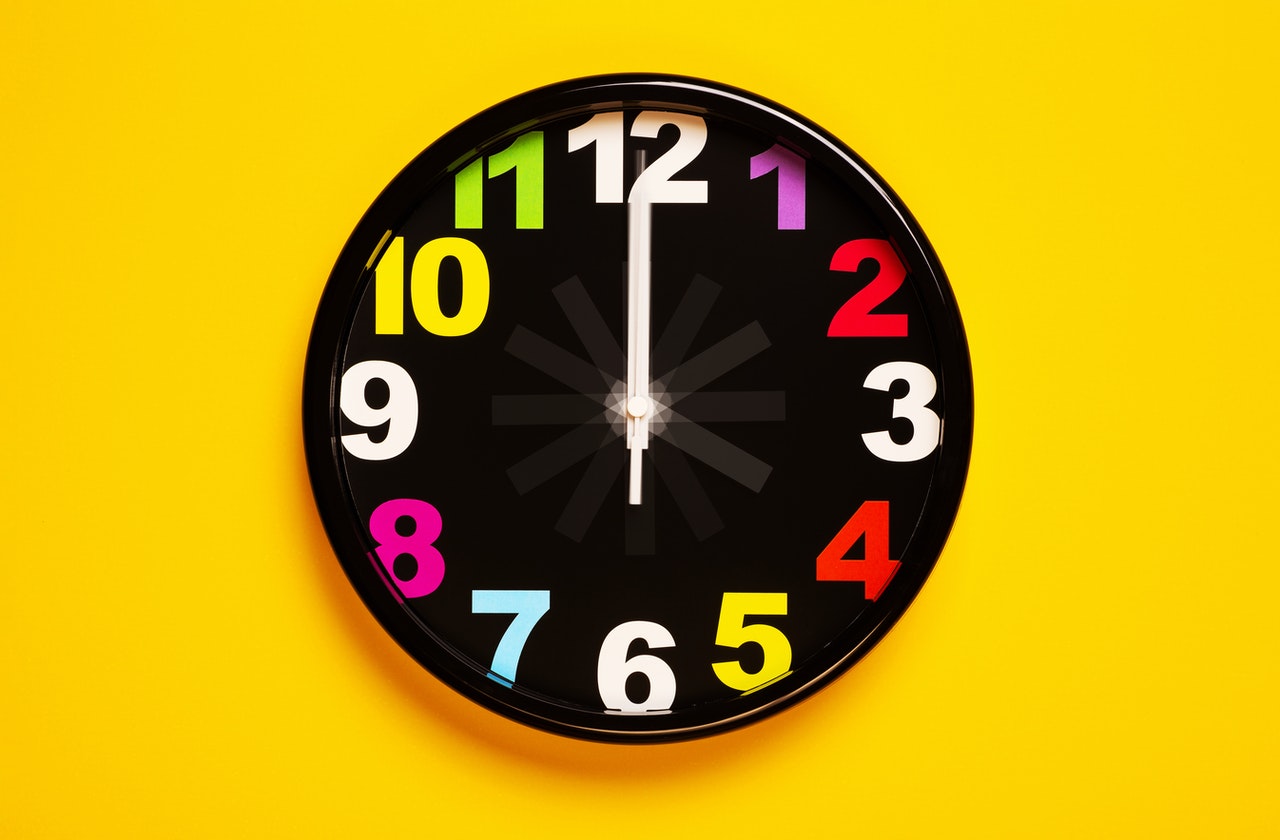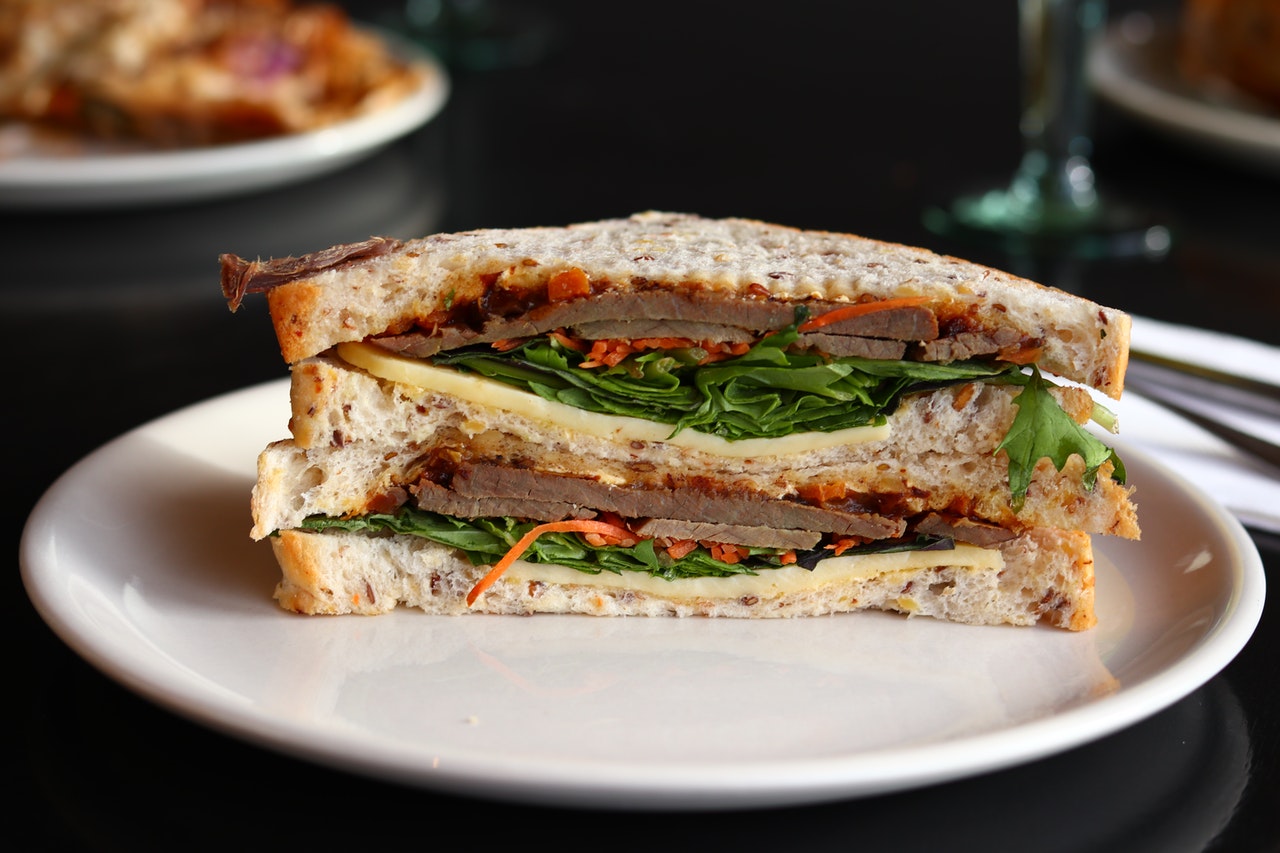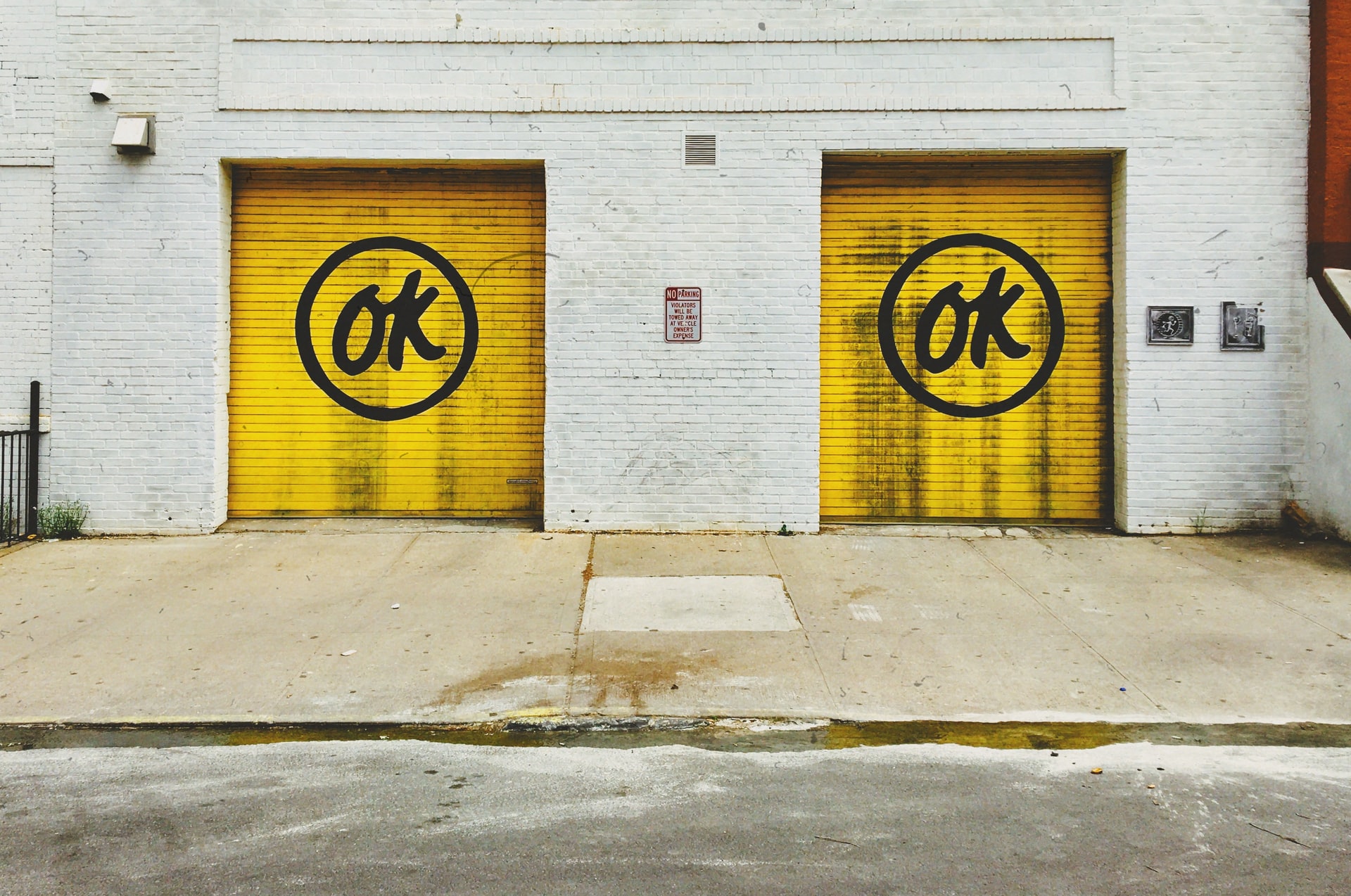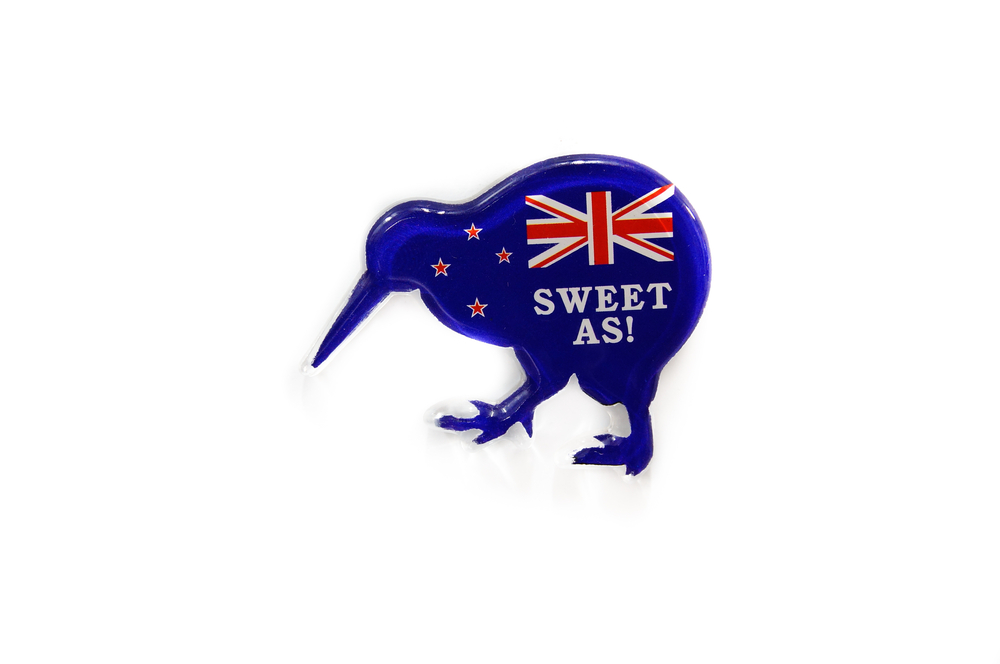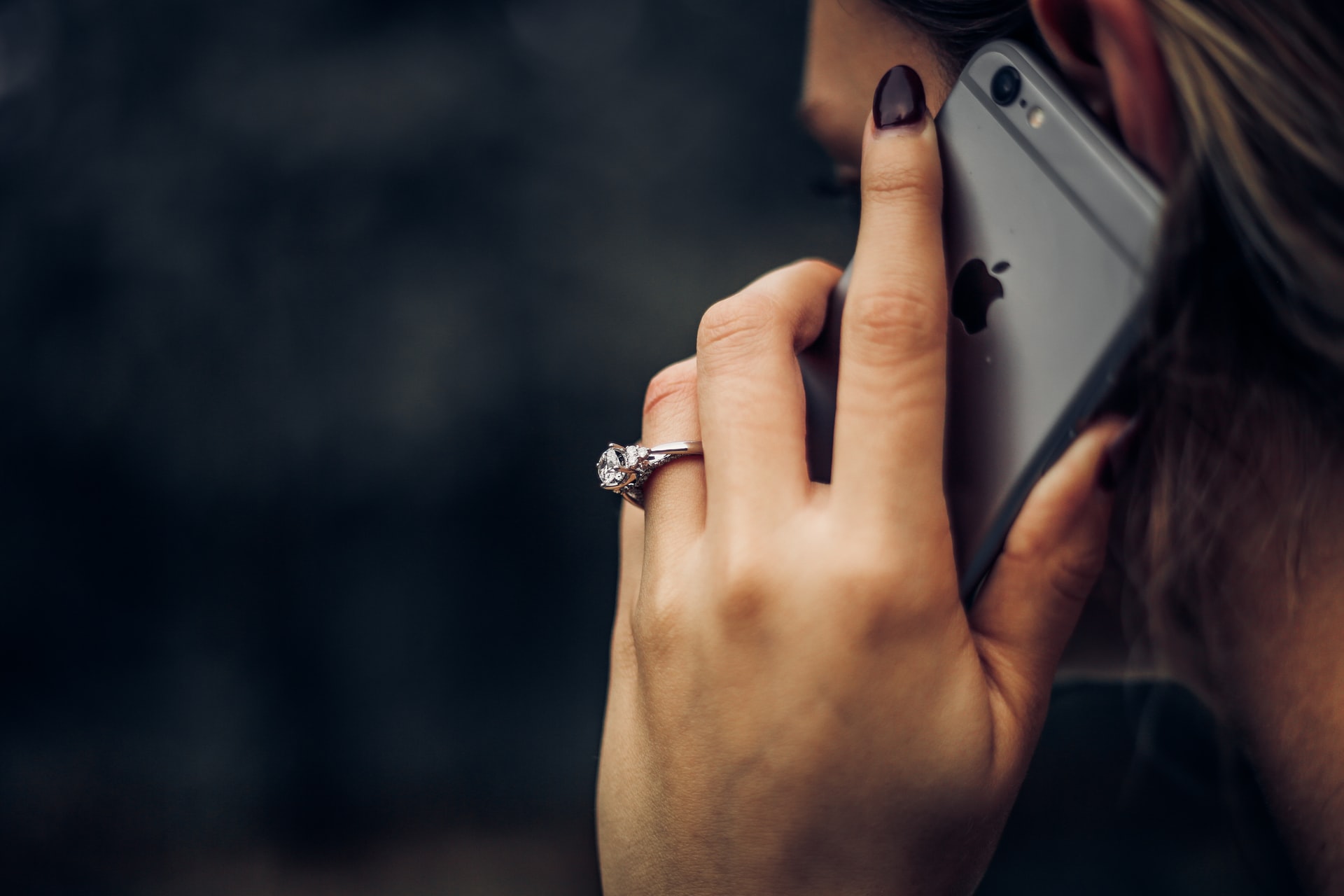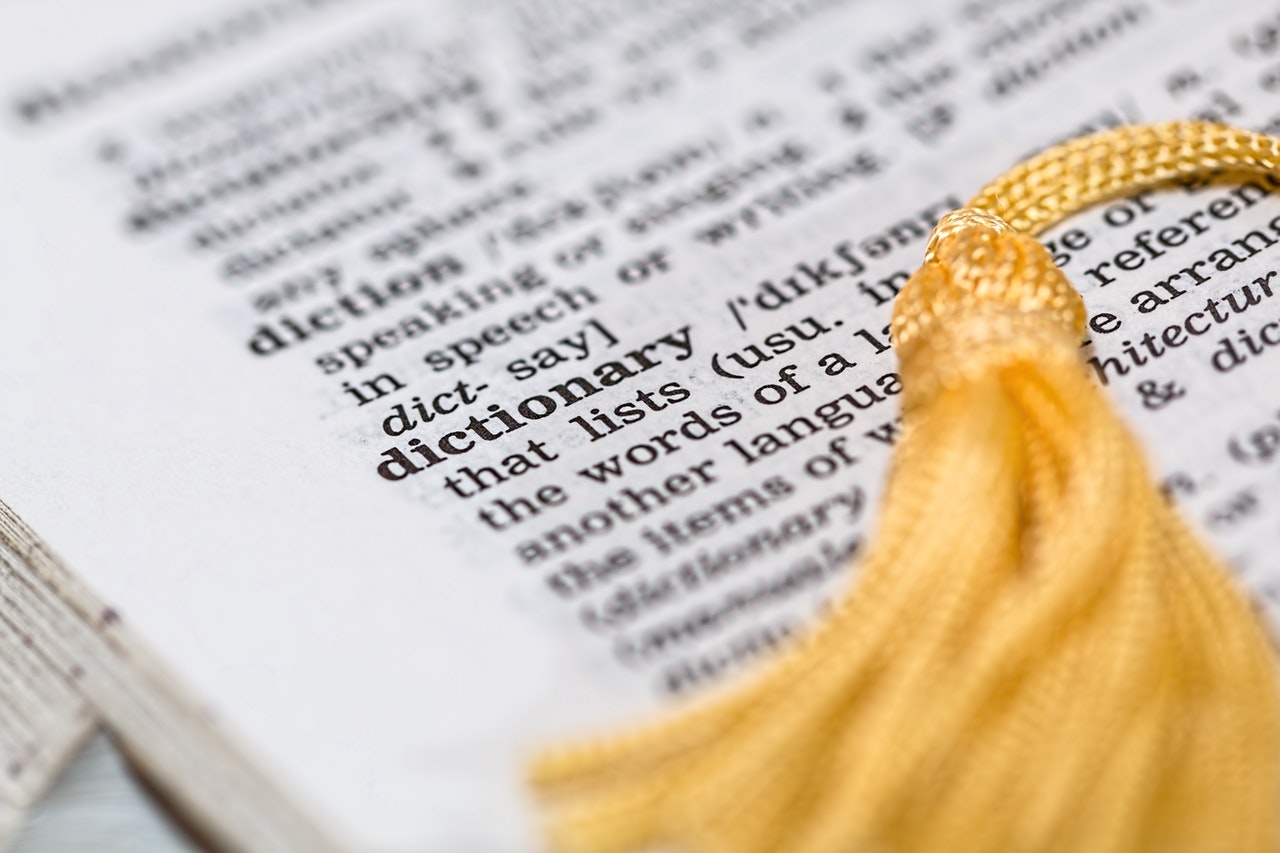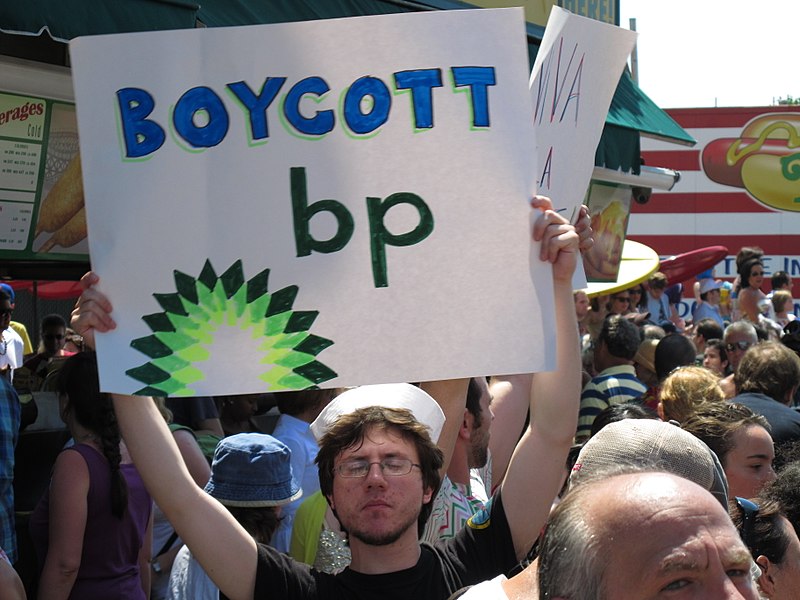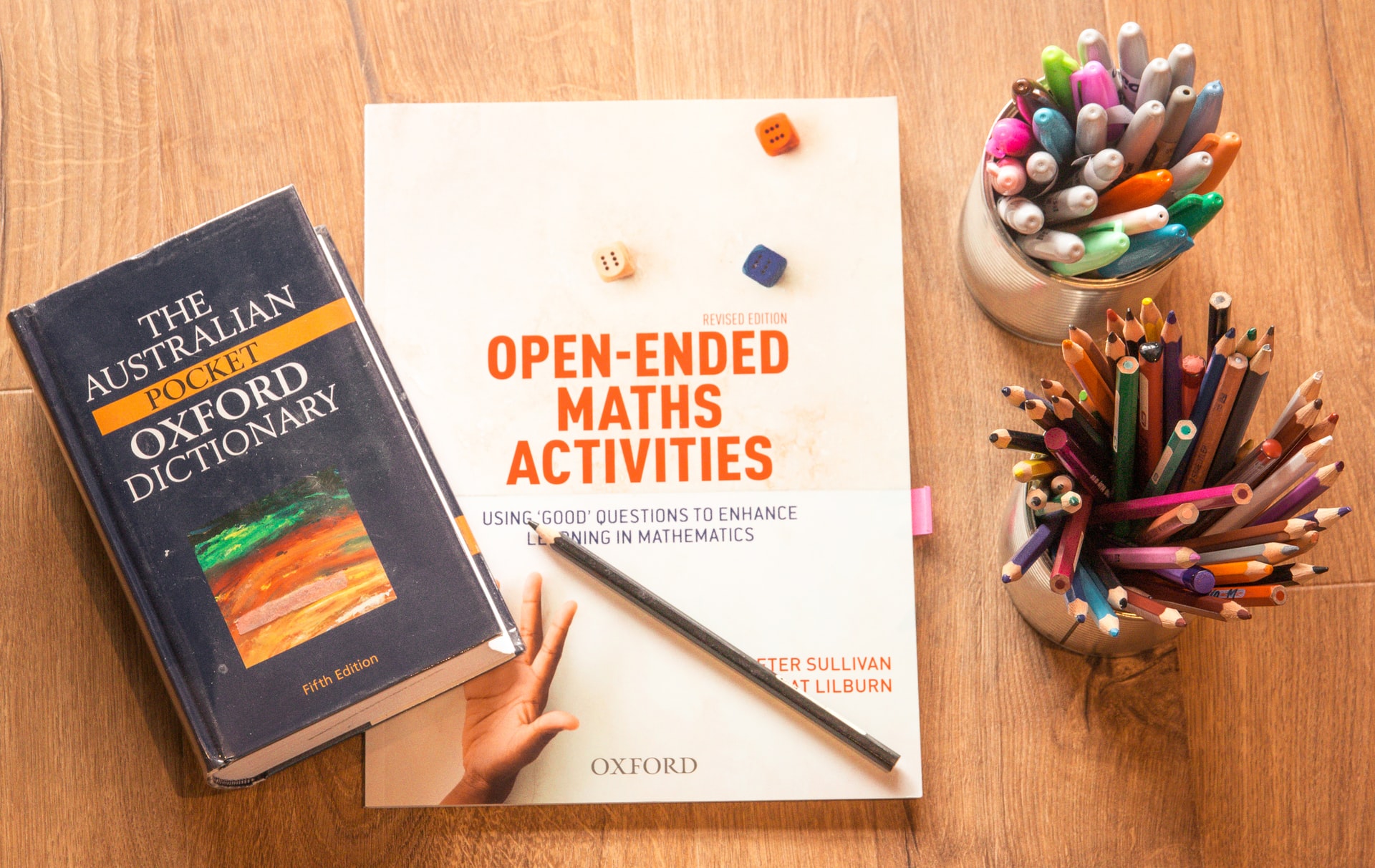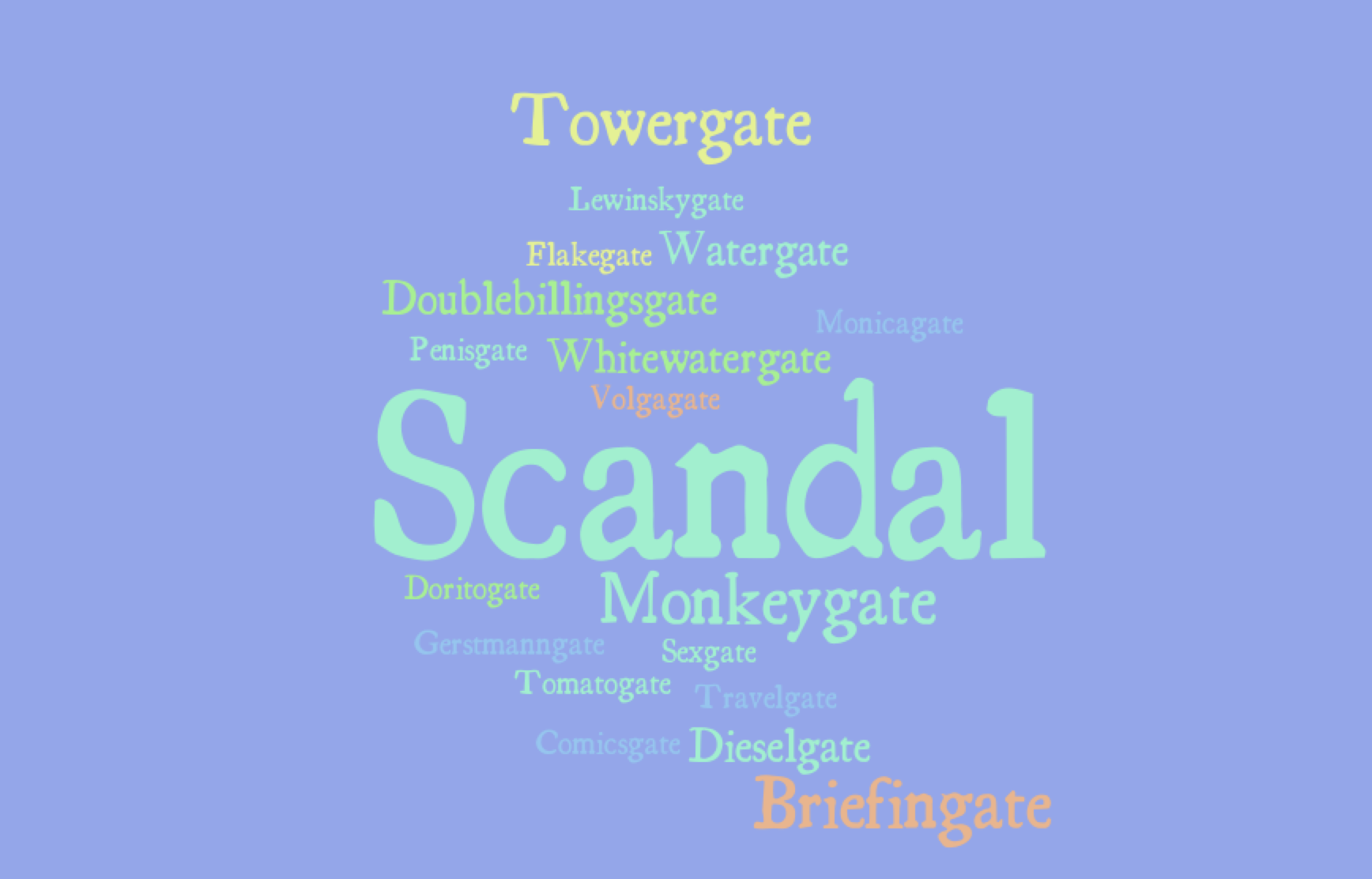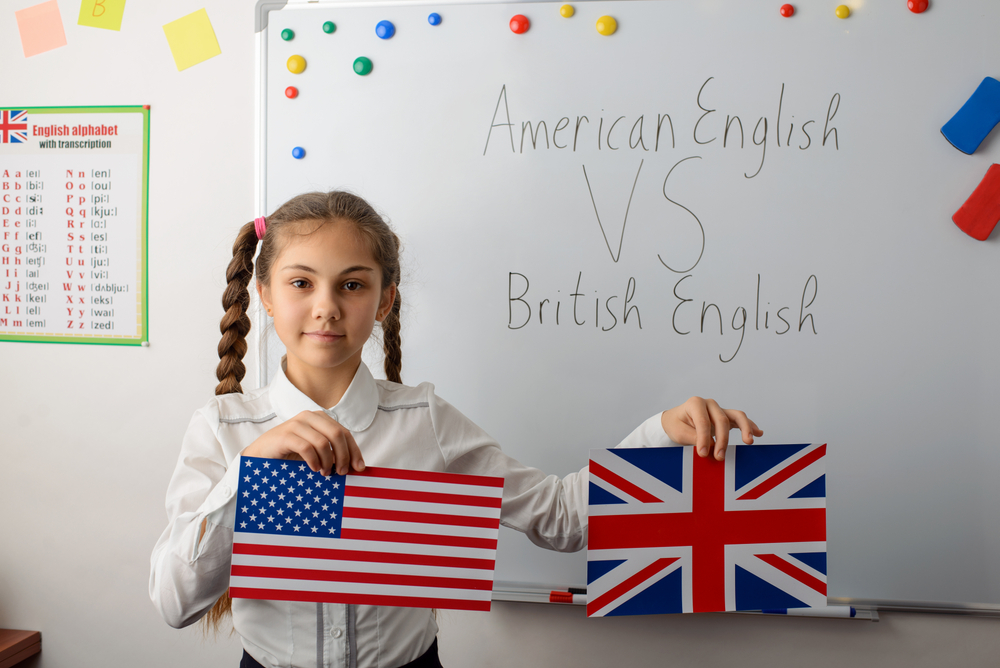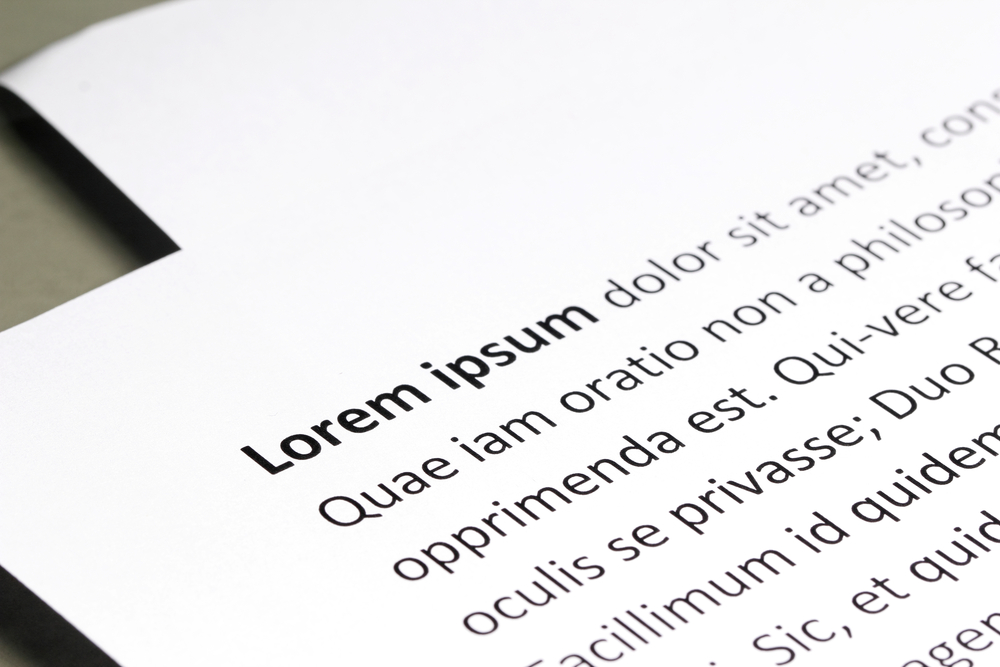Reading Time: < 1 minutes
- In the 5th century, people followed moon cycles to keep time as there were no calendars.
- During those days, it was a European custom for the newly-wed to drink mead during their first moon of marriage.
- Mead is a honey-based alcoholic drink believed to have aphrodisiac properties.
- Honey-based sweetness on the full moon was the likely source of the Old English phrase Hony Moone from which the modern-day word honeymoon comes.
- Hony Moone was first used in writing in the 1540s in a negative context.
- Hony was used to refer to a period of tenderness and sweet pleasure that the newly-wed couple feels.
- Moone was used to indicate how the love between the couple wanes like the changing moon, which soon begins to wane.
- By the end of the 1500s, the word saw use in the political context as well.
- E.g., “the brief honeymoon of the new king and his parliament.”
- Honeymoon’s association with after-marriage vacation is attributed to the German author Johann Karl August Musäus.
- He wrote the following sentence in his story collection (which was later translated to English) in the 1780s:
- “The new-married couple spent their honeymoon in Augspurg, in mutual happiness and innocent enjoyments, like the first human pair in the garden of Eden.”
- And the word was used in this context, again in 1804 in an English story collection by Maria Edgeworth.
- From then on, the word’s usage to mean “a vacation taken by a newly married couple” caught on.
Also Read:
Why does France allow marrying dead people?
Why, in Denmark, you can’t just name your child as you like?
Image courtesy of Asad Photo from Pexels
Reference shelf :



